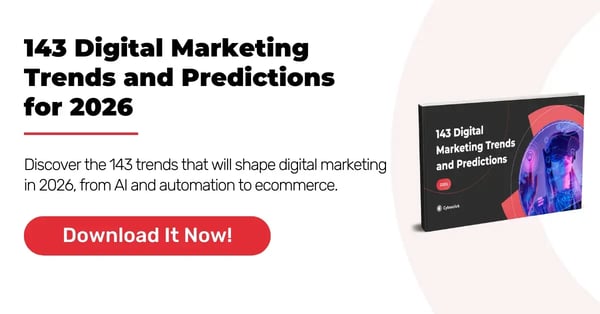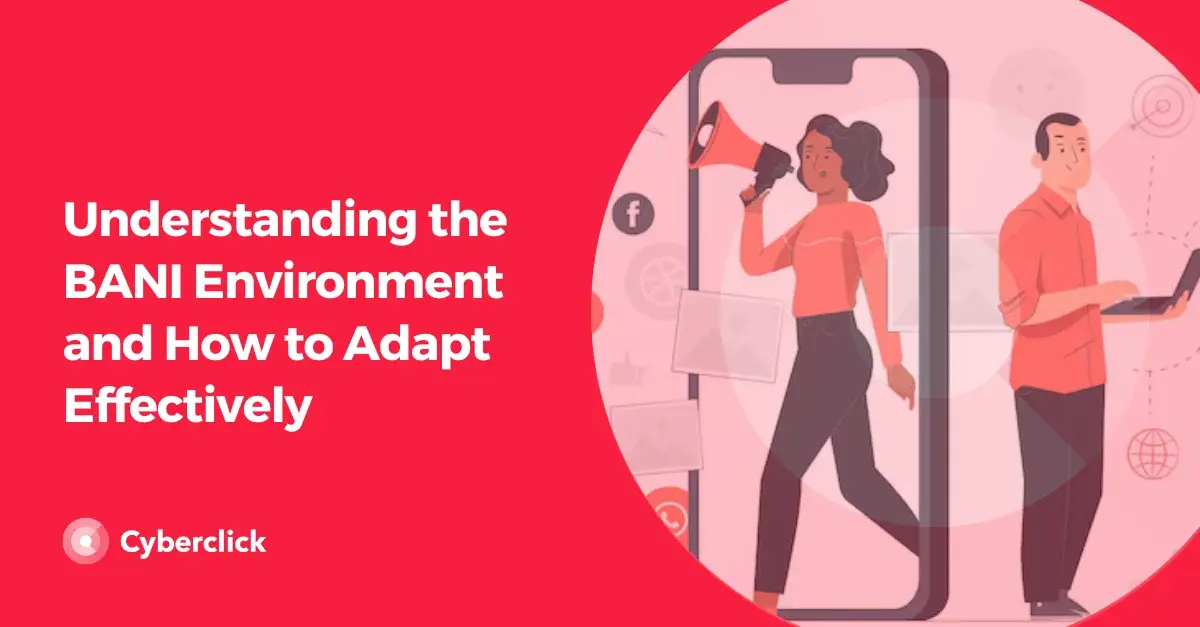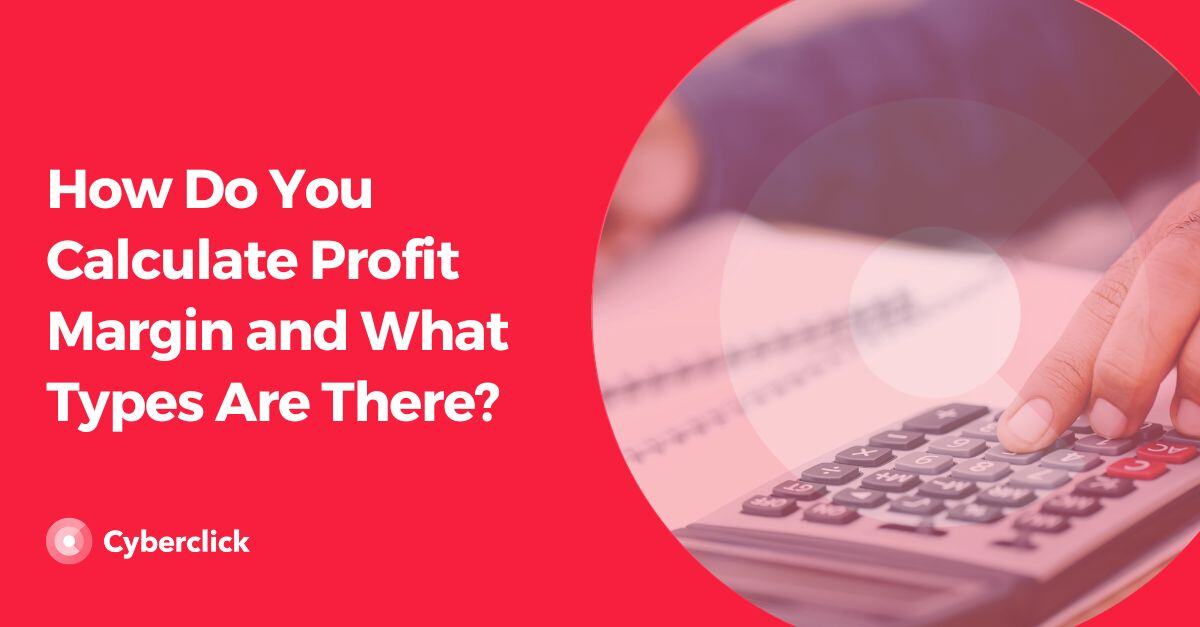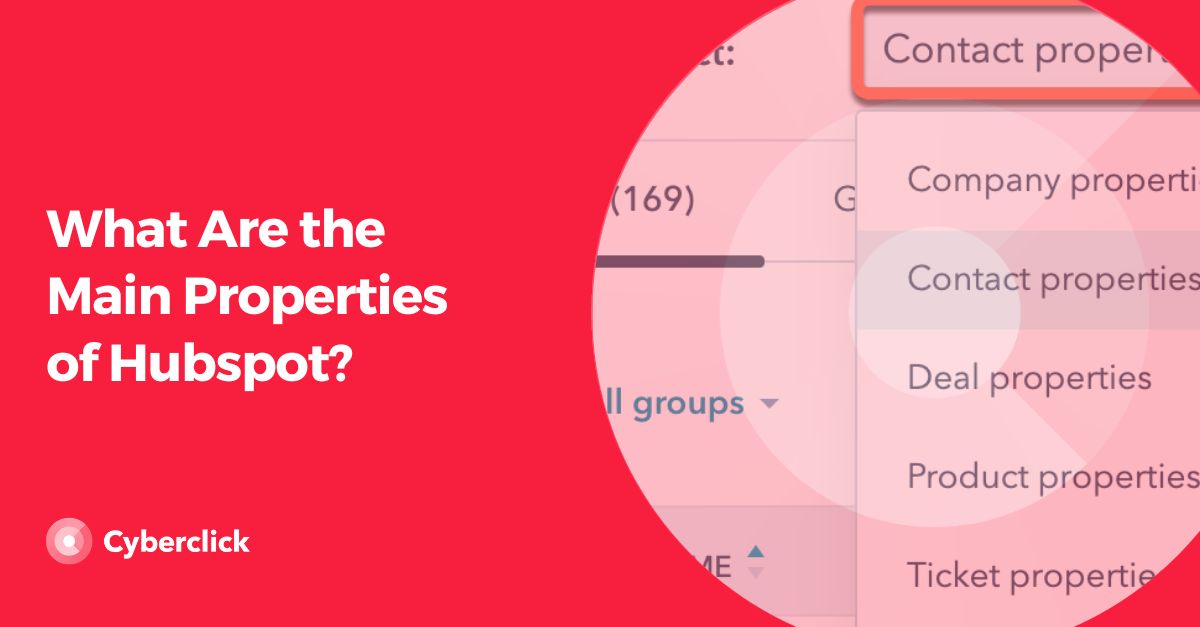Let’s face it, everyone’s talking about sustainability these days. And for good reason: consumers are more environmentally aware than ever, and they want to support brands that care about the planet.
But the problem is that not all “green” claims are legit. Some companies say all the right things, but behind the scenes, their actions tell a different story. That’s what we call greenwashing, and it's become way too common, especially on social media.

What Is Greenwashing?
Greenwashing is when a company exaggerates or fakes how environmentally friendly it really is, usually for marketing purposes.
Think of it like putting a green label on something to make it seem eco-conscious, even if the product or the company’s operations aren’t all that green.
Why does this matter?
-
It misleads consumers who want to make ethical choices.
-
It undermines real sustainability efforts.
-
It can seriously damage a brand’s reputation.
Common Greenwashing Tactics (and What to Watch For)
If you’re a marketer or a conscious consumer, here are some red flags to look out for:
-
Vague buzzwords: “Eco-friendly,” “green,” or “natural” without explaining what that really means.
-
Pretty packaging: Nature-inspired visuals with no actual sustainability behind the product.
-
Selective honesty: Highlighting one good thing (like recycled packaging) while ignoring bigger issues (like unethical sourcing).
-
No proof: Claims with no certifications, data, or third-party verification.
3 Real-World Greenwashing Examples
Let’s break down some famous cases of greenwashing and what we can learn from them.
1. H&M’s “Conscious Collection”
H&M launched this line to promote “sustainable fashion,” using terms like “organic cotton” and “recycled fabrics.” But critics pointed out the lack of transparency and the fact that fast fashion, by nature, is unsustainable.
Takeaway: One “green” product line doesn’t cancel out the impact of overproduction and waste.
2. Volkswagen’s Dieselgate
VW ran ads claiming their diesel cars were clean and environmentally friendly. Turns out, they installed software to cheat emissions tests. Yikes.
Takeaway: False eco-claims can lead to legal trouble and massive loss of public trust.
3. BP’s “Beyond Petroleum” Campaign
BP rebranded itself with a green logo and the phrase “Beyond Petroleum,” even though it continued to invest heavily in fossil fuels.
Takeaway: Rebranding means nothing without real action to back it up.
How to Market Sustainability Honestly
So, how do you talk about your brand’s eco-efforts in a way that’s genuine, transparent, and trust-building? Here’s a detailed look at what works.
1. Show the Receipts
Don't just say you're "green"—prove it.
-
Use third-party certifications like B Corp, USDA Organic, Fair Trade, FSC, or CarbonNeutral.
-
Share impact metrics: How much water are you saving per product? How much waste is diverted from landfills?
-
Include sustainability reports or a dedicated landing page outlining your efforts.
Example: Patagonia publishes an annual environmental and social responsibility report, breaking down emissions, sourcing, and labor practices.
2. Be Upfront About the Journey
Sustainability is a work in progress for most brands, and that’s okay.
-
Acknowledge where you’re doing well, and be transparent about where you’re still working to improve.
-
Talk about short-term wins and long-term goals.
-
Use phrases like “we’re working toward…” rather than overpromising.
Why it Matters: Customers respect brands that are honest (even about their imperfections) because it shows accountability.
3. Tell the Full Story
Don’t cherry-pick. Give customers the complete picture.
-
Talk about the entire product lifecycle, from sourcing raw materials to packaging to disposal.
-
Include supply chain transparency: Where are your products made? By whom? Under what conditions?
-
Address both environmental and social aspects of sustainability.
Note: If your packaging is recyclable but your product is made in high-pollution factories, that’s a problem. Your audience will notice.
4. Educate, Don’t Just Advertise
Sustainability marketing should inform, not just sell.
-
Create educational content (blogs, videos, infographics) that explains your practices and industry challenges.
-
Break down complex terms like “carbon offsetting” or “closed-loop production” in simple language.
-
Invite customers to join the mission. Offer tips for conscious consumption or show how their purchases make an impact.
Pro tip: Transparency builds community. When your audience learns from you, they’re more likely to trust and support your brand.
5. Walk the Walk
Sustainability shouldn’t just live in your marketing department, it should be a company-wide commitment.
-
Involve every department, including product design, operations, logistics, HR, and leadership.
-
Look for sustainable alternatives in everything, from manufacturing materials to office supplies to travel policies.
-
Align your values with actions. If you talk about climate action but partner with polluting suppliers, that’s a disconnect.
Remember: Consistency is everything. Customers can sniff out hypocrisy faster than you think.
Final Thoughts
Greenwashing might get attention in the short term, but it’s a risky game. Today’s consumers are smart and they care. If you want to build a brand that lasts, focus on authenticity over hype.
Start small, be real, and let your actions speak louder than your taglines.
Content & Marketing Strategist en Cyberclick. Apasionada por la comunicación, la generación de contenidos y el mundo audiovisual. Graduada en Periodismo por la Universidad Autónoma de Barcelona.
Content & Marketing Strategist at Cyberclick. Passionate about communication and content creation. Tanit holds a degree in Journalism from the Autonomous University of Barcelona.






Leave your comment and join the conversation